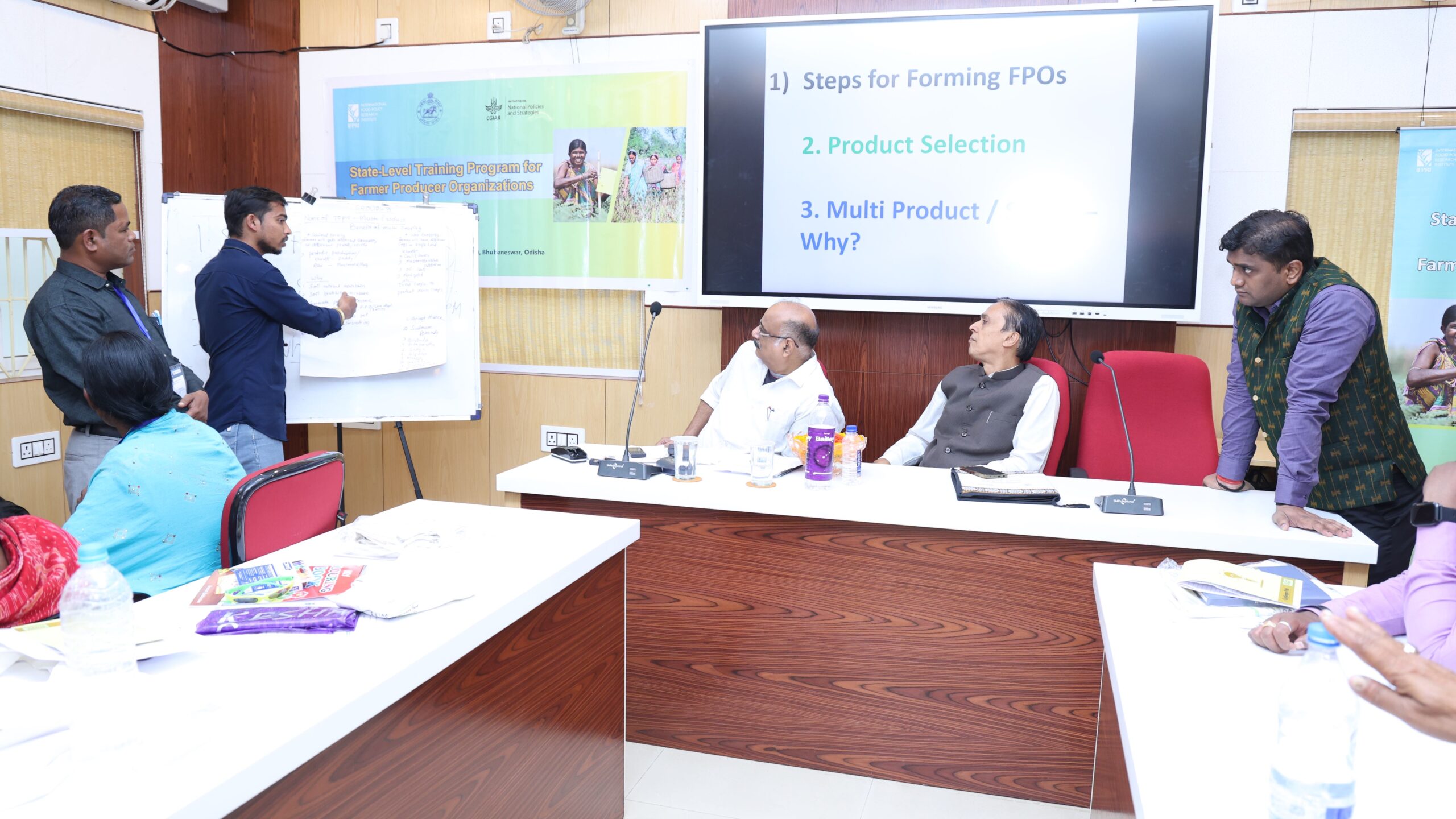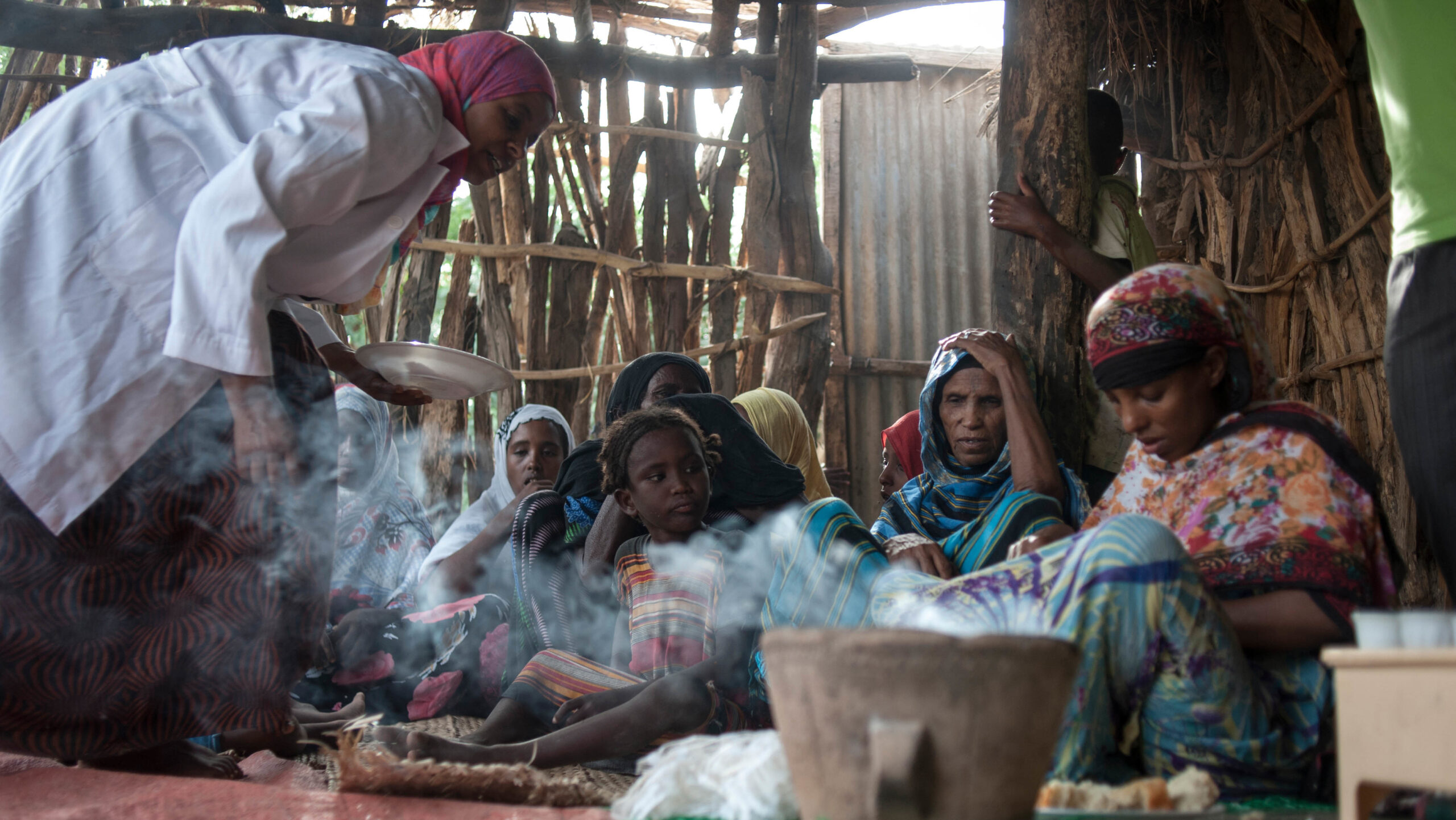Should I buy packaged goods, or bulk? Generic or name brand? The questions long-faced by consumers at pharmacies and grocery stores are now being asked at farmers’ markets in the developing world as wholesalers and merchants try to profit with brand-name, glossy-packaged agricultural products. So the question IFPRI researchers are asking is: How does the branding trend affect farmers and consumers?
In Branding and Agricultural Value Chains in Developing Countries: Insights from Bihar (India), authors Bart Minten, K.M. Singh, and Rajib Sutradhar investigate the fairly recent emergence of branding for makhana, a popular aquatic crop almost exclusively produced in the largely low-income state of Bihar, India.
The study relies heavily on primary survey results conducted on the ground with consumer households and wholesale merchants. The surveys clearly show that consumers prefer purchasing the branded products, even though the loose makhana is 21 percent cheaper. Glossy packaging that touts “export-quality grade” makhana, or claims to be “approved” by the Research Center for Makhana, gives buyers a sense of guaranteed quality and generates customer loyalty.
But inside the glossy packages lies a different story.
It turns out, there is no such thing as an “export-quality grade,” because no publicly or privately enforced grades of any kind exist. Further, the Research Center for Makhana does not conduct quality approval tests for any makhana producers or branding companies.
In fact, when interviewed, wholesaler merchants explained that they preferred to package their own bags so they could mix the low-quality makhana they would normally have difficulty selling with higher-quality product.
What’s more, Minten and his co-authors found no evidence that the higher prices were trickling down to farmers because merchants pocket all extra profits. The only hint of farmer benefit came from Shakti Sudha Industries, a large-scale branding company that claimed to have implemented a procurement system to directly benefit farmers by offering minimum price guarantees, cheap credit access, and transportation reimbursement, but the researchers discovered that the model had “fallen apart.”
Policymakers can step in, according to the authors, to protect farmers and consumers from the ill effects of unscrupulous branding. For example, they can create an independent consumer protection body that enforces certification for all branding to prevent misleading or false marketing claims. Policymakers can also take measures to create a stable market environment by protecting property rights, building infrastructure, and extending education to rural households. More stability would spur private investors to develop relationships with farmers that could better ensure timeliness, quality, food safety, and traceability of agricultural products.
For the full story, download a copy of Branding and Agricultural Value Chains in Developing Countries: Insights from Bihar (India).







